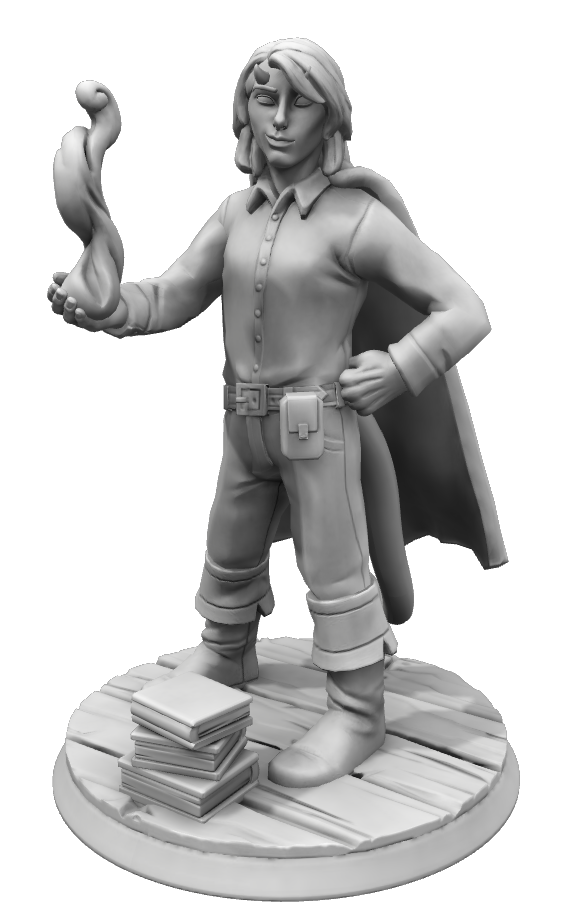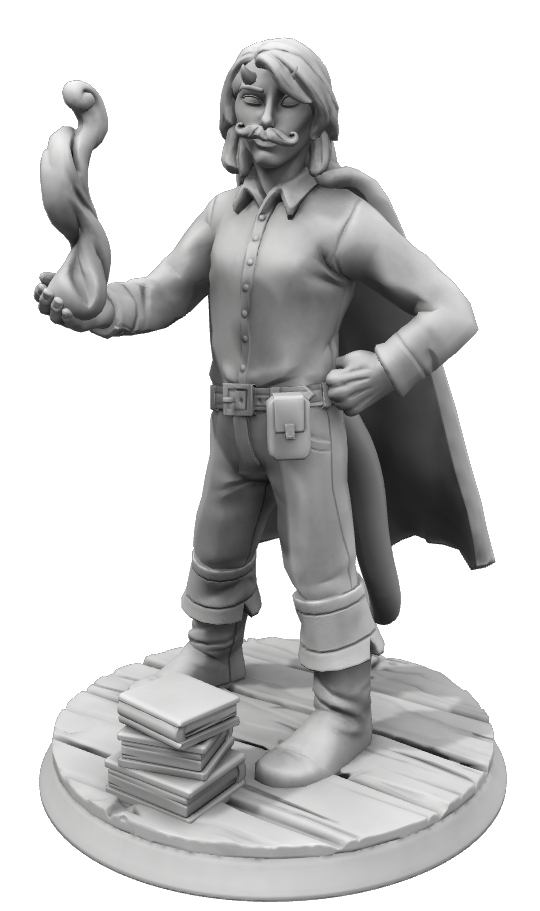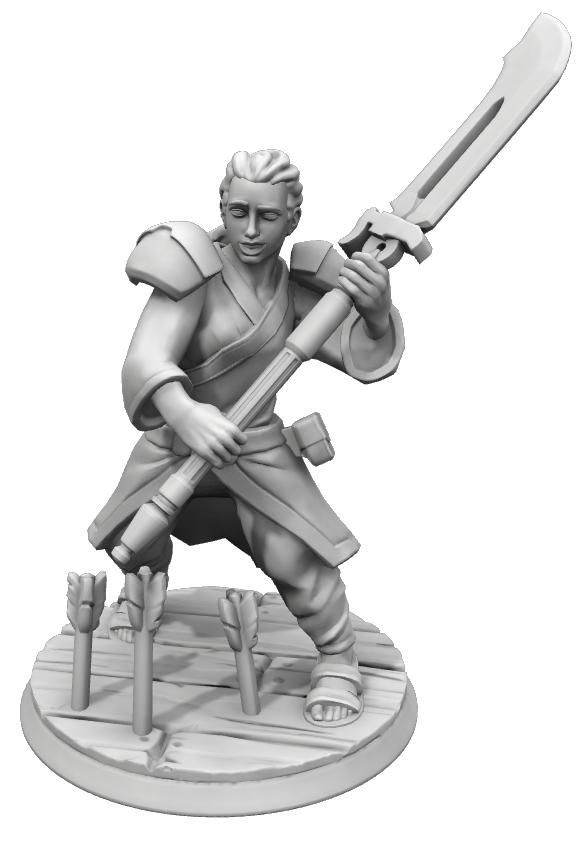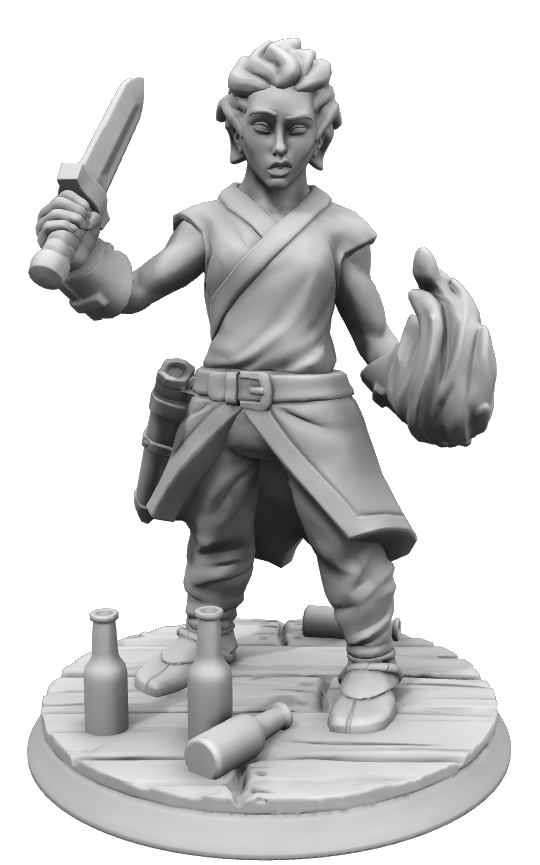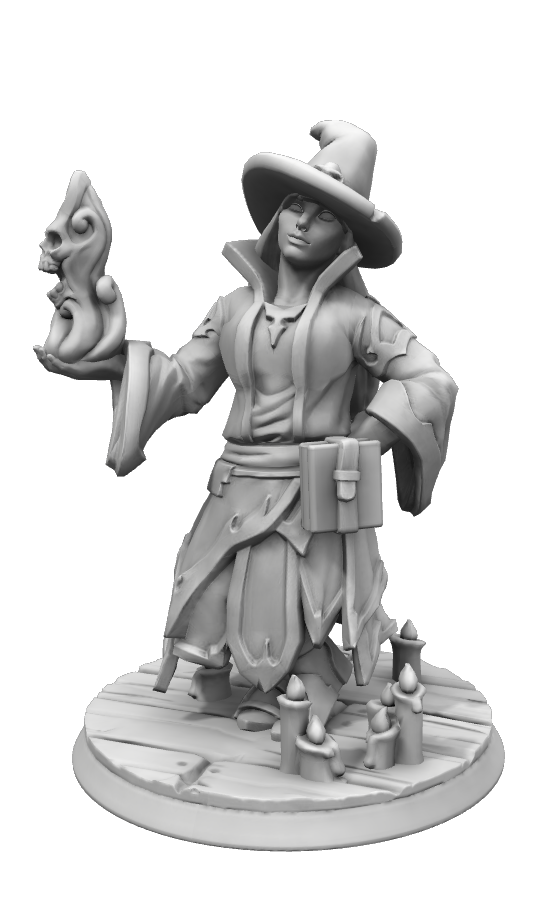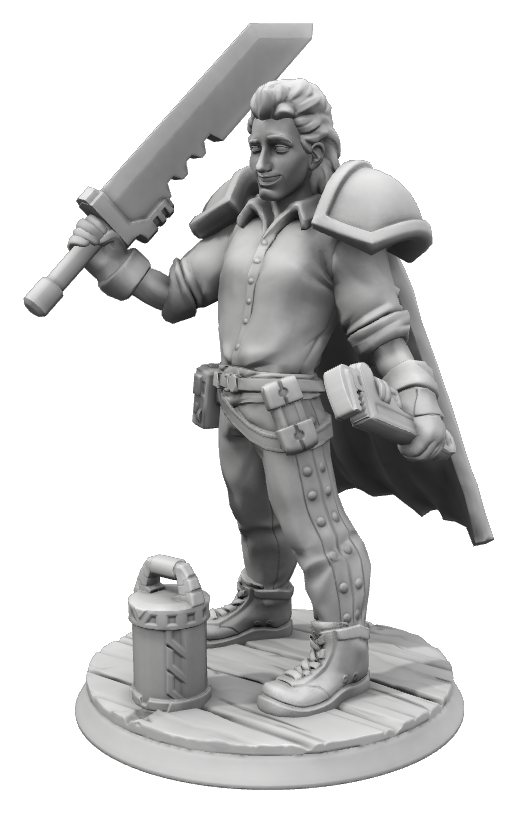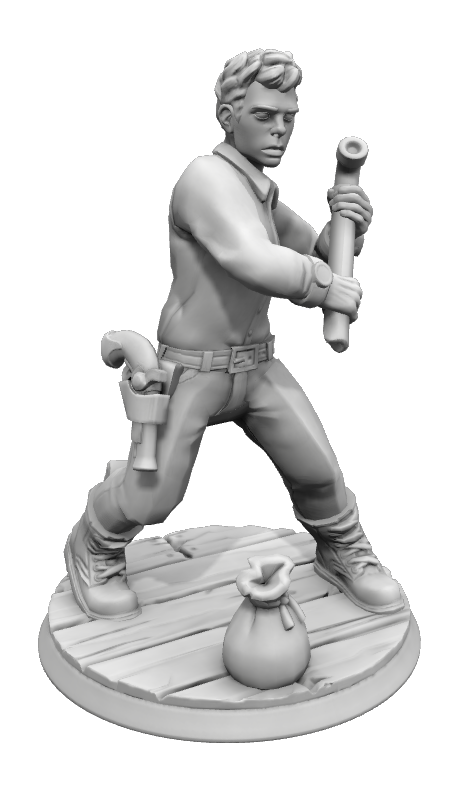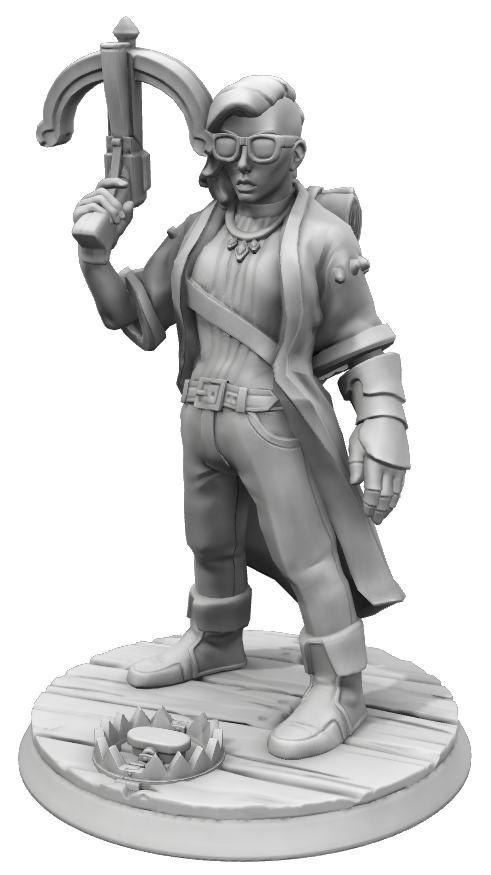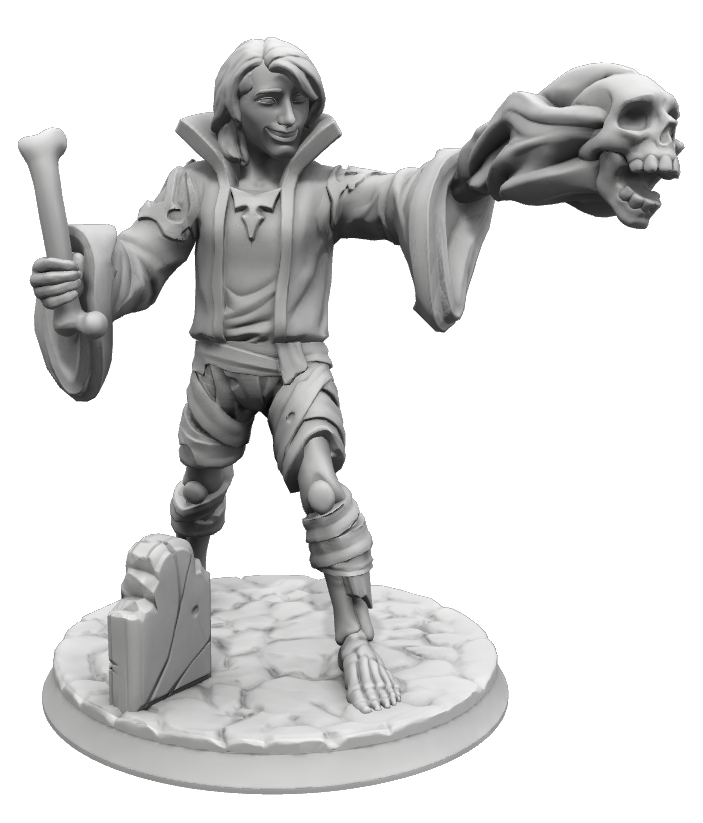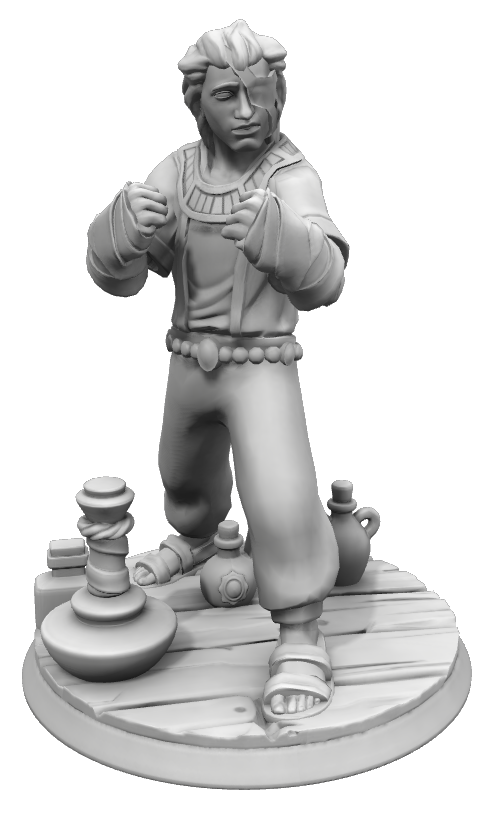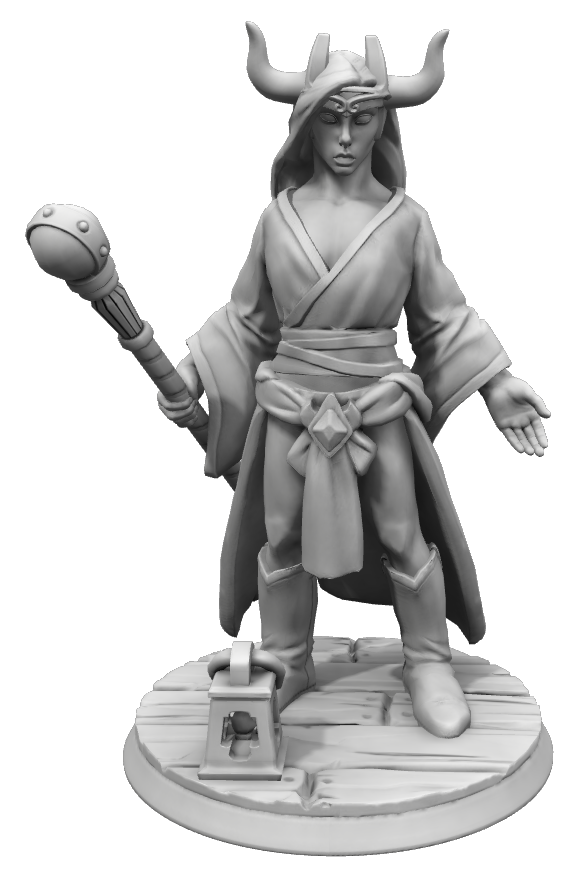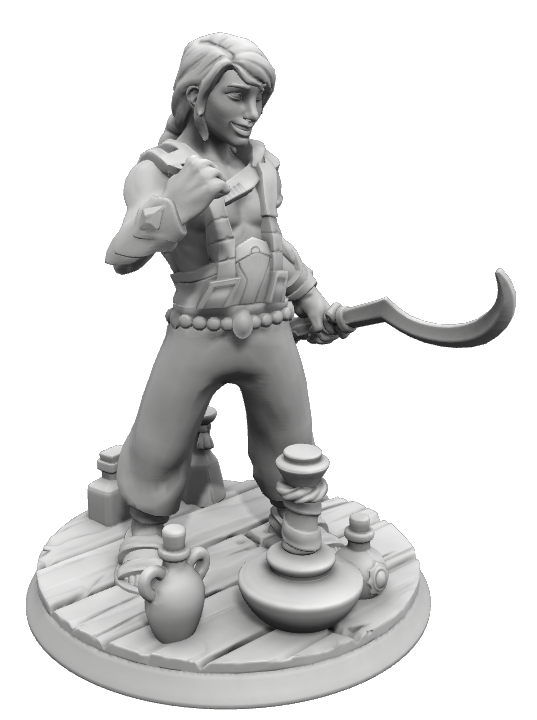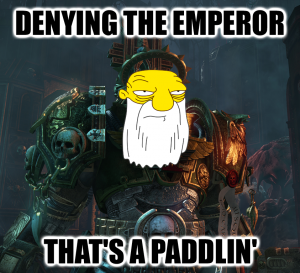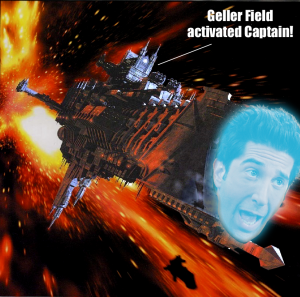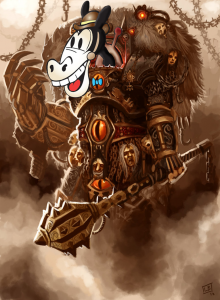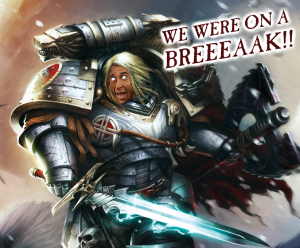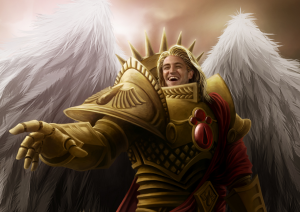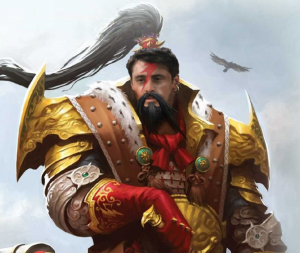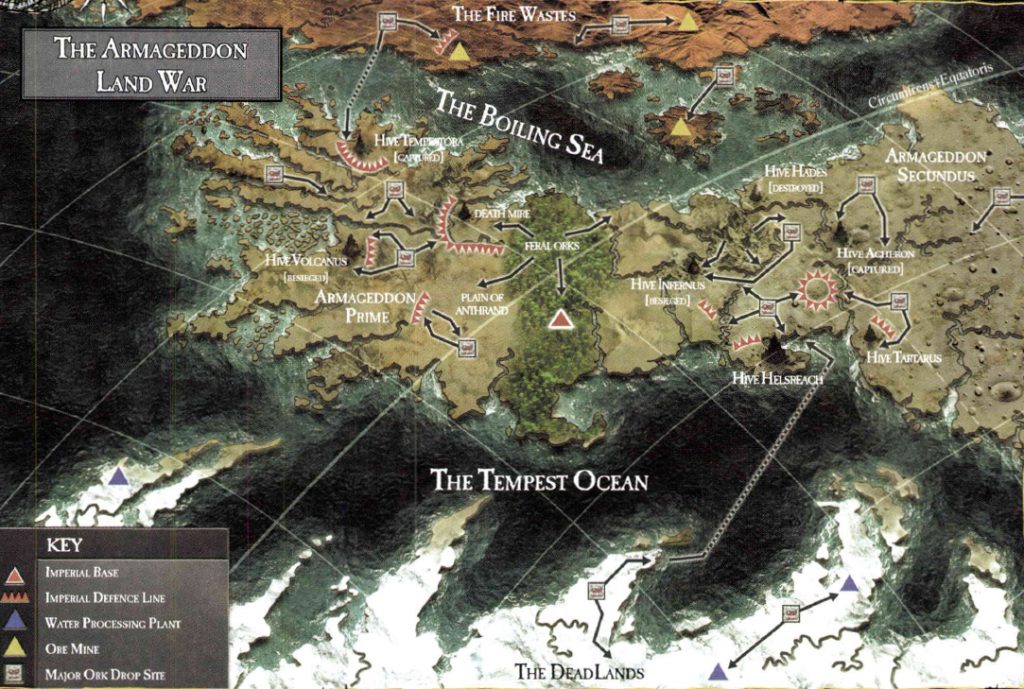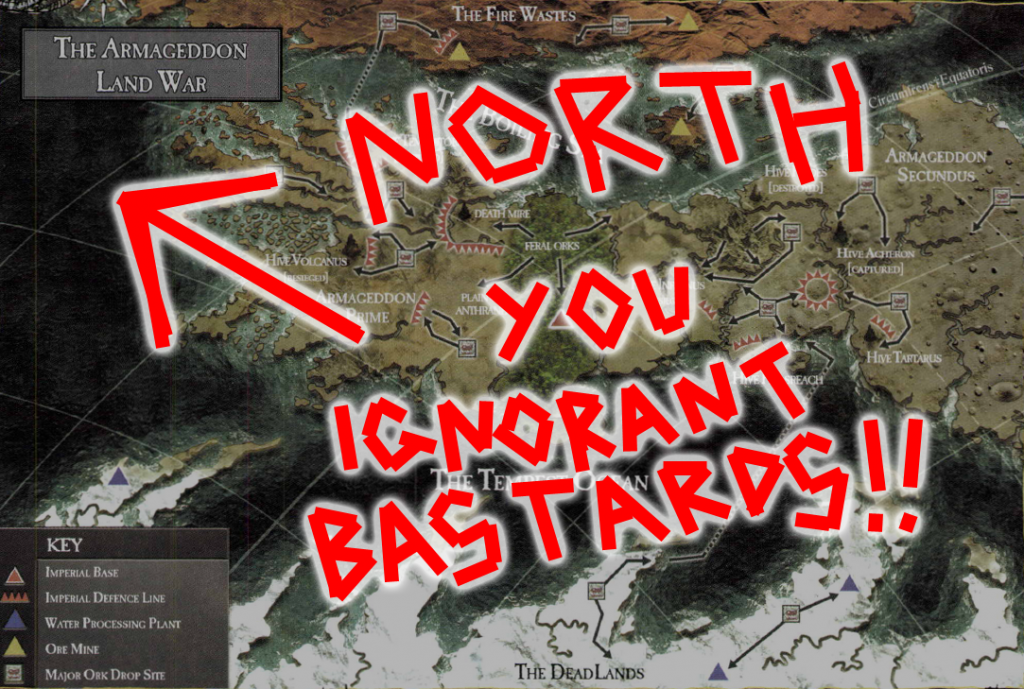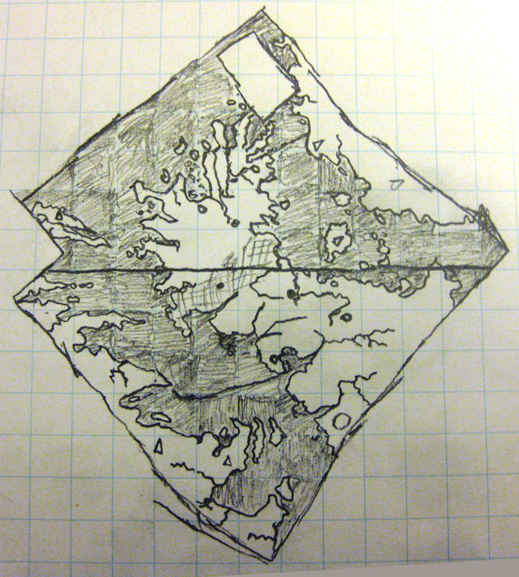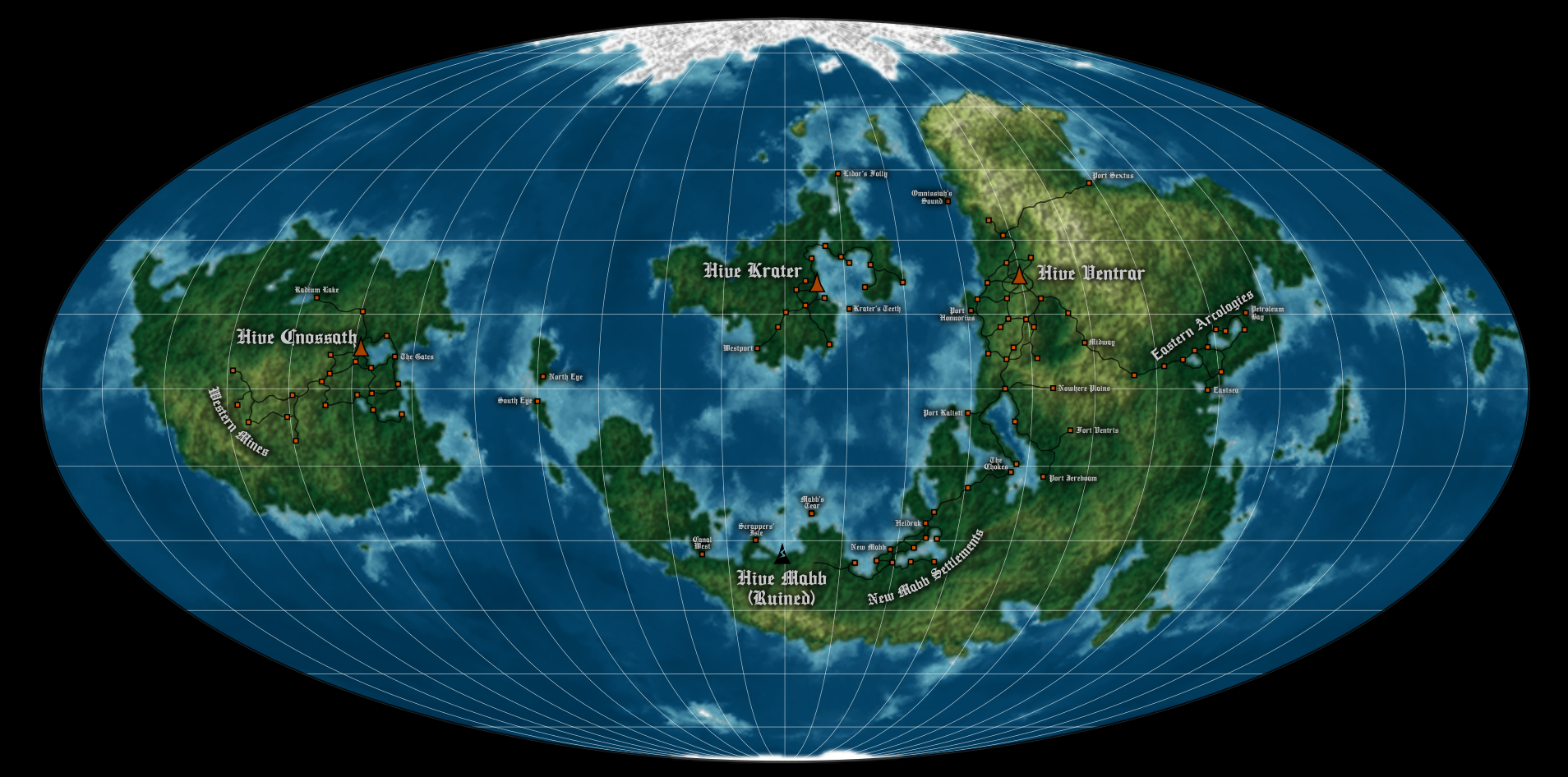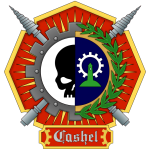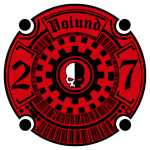Back in the day when I was writing the Tales of the Geek Underclass I had the idea of putting together a soundtrack of songs that featured in the stories or evoked (for me at least) that particular period in history. I never did, mostly because I got a job, which cut down on the time I had to spend on writing, and I went on antidepressants which – although making me feel much better generally – affected my ability to write anything at all. The Tales stalled and getting perilously close to twenty years later I’m not sure if I could pick them up again. A lot of memories have faded, and not only am I no longer the kid who went through it all, I’m no longer the young adult who wrote what exists of them.
I’ll never say never, but the prospects of a Geek Underclass revival are – at this point – fairly dim.
The soundtrack project however is something that’s been hovering in the back of my head for close on two decades, and now that the data sucking behemoth that is Google hosts just about every song ever recorded by mankind on YouTube it’s a lot easier to accomplish than having to locate the tracks on Napster, spend a week downloading them across dial up, burn them to CDs, design and print covers and then distribute the finished items to people who probably don’t really understand what the whole project is about in the first place.
So, let’s get on with it…
(Yes, I could make a YouTube playlist but I am averse to willingly providing Google with even more info than they have already no doubt amassed on me. If they want this data they’re going to have to scrape it damnit!)
1: The King of Wishful Thinking – Go West – 1992
As a lovelorn teen I was very keen on the name of this song and adopted it as a personal title in relation to my long running crush on the girl I’ve glossed in the Tales as Lauren Alighieri. This was in spite of the fact that the song – as was repeatedly and vociferously pointed out to me by Ryan – was clearly about a guy unable to get over a breakup and there was no way I could “miss the way that [Lauren] used to kiss me” because we’d never even so much as held hands.
2: I’m Gonna Be (500 Miles) – The Proclaimers – 1988
This was played on the bus to year 8 camp resulting in the entire year singing along with the “da da da da” bit – probably to the intense annoyance of the driver.
3: Enter Sandman – Metallica – 1991
No Tales soundtrack would be complete without something from Metallica, the favourite band of Satanic Shaun Bettar. He much preferred this to the other major cut from the Metallica album – Nothing Else Matters – which he described as a “soppy fucking love song”.
4: Just Like You – Robbie Neville – 1991
I clearly remember Ryan declaring this to be his favourite song ever. He equally clearly remembers hating it with the heat of a thousands suns. It’s funny how memory can mislead us.
5: Get Ready for This – 2 Unlimited – 1991
The early 90’s were when electronic dance music crossed into the mainstream. Most of it was appalling, and this major hit from the Netherlands was no exception. We hated it. It became for us a symbol of everything that was wrong with popular music. Its ubiquity throughout ’91 and ’92 and our burning hatred for it means that it cannot in honestly – despite its dreadful mediocrity – be excluded from any musical summing up of the Tales.
(Two additional notes: In a moment of random computer class insanity I re-coded the into music for a game where two giant gorillas threw explosive bananas at each other to the song’s synth riff, and I’ve never been able to shake the mental image that occurred to me when I first learned that 2 Unlimited were Dutch – that of two skinny old men in suspenders and flat caps with scraggly beards hanging down to their belts strutting up and down and performing dance moves on top of a canal boat.)
6: Winds of Change – The Scorpions – 1991
It’s probably difficult for anyone who grew up after the whole thing was over to appreciate just how momentous the end of the Cold War was. We’d all grown up with the fear of nuclear annihilation hovering over us, the world could end at any moment with only a few minutes warning and there was little to nothing we could do about it. Then, suddenly, in the space of a few short years it was all done. The Wall was down, the Russians were our friends and it was time to party! Paging David Hasselhoff!
Looking back from our post-9/11, Putin-on-the-warpath world the carefree days of the 90’s seem like another planet. But such has always been the way of the world.
The Scorpions’ anthem also makes it onto the album for another reason. I don’t know how the secondary school system runs nowdays, but back when the Geek Underclass were being forced through it the final two years – Year 11 and Year 12 – were optional. You generally only did them if you intended to go on to university. If you had an apprenticeship or job lined up (or if you just didn’t give a monkey’s) you could finish school at the end of year 10 and never come back. And if you stayed on, things got dead serious with only two years to prepare for the dreaded Tertiary Entrance Exam.
So for me at least, the end of 1991 was much more of an end of high school than my actual graduation at the end of Year 12 in 1993 was. It was the last time our class was complete, with a swathe of friends, enemies and bit players vanishing from the school stage. Our carefree childhoods ended and we became professional students, knuckling down and packing our brains for the TEE. Winds of Change felt like a commemoration of that transition, a graduation song a full two years early. I still remember sitting in a pew at the chapel down at Saint Brigit’s with it playing, although I can’t quite remember why we were there rather than at the school’s chapel/gym – maybe there was a volleyball game or something that day?
7: Friday I’m in Love – The Cure – 1992
There were two reasons we hated the Cure.
First of all they were Goths. Or at least they were listened to by Goths, which in our addled teenage minds pretty much added up to the same thing. Goths – strange, dark, and pale inhabitants of the GPO steps in Forrest Place – were the subject of much disdain, both in our day to day conversation and on Radio RTR’s letter request program Steregoround. We mocked them mercilessly, I even made up a Goth joke!
Q: How do you know when there’s a Goth in your freezer?
A: Face prints in the vanilla ice-cream.
I can’t think of a single reason why we despised Goths so. Possibly as close to the lowest members of the social heirarchy we just needed some group to look down on, and Goths were a convenient target. Particularly so in that there were no Goths (obvious ones at least) at the school, and hence we had no fear of reprisals.
The second reason we despised the Cure is that they were the favourite band of one of our enemies, a girl I shall call Carisse Halter. While most of the school’s female population saw fit to simply ignore us, there was a small contingent who went out of their way to harass and belittle us, and Carisse was one of their leading lights. We would exchange insults and invective on a regular basis, and one of the most effective ways to rattle her was to mock her beloved Robert Smith. In particular I used to do a Robert Smith impression consisting of spreading out my hands, affecting a look of weepy confusion and making what are probably best described as high pitched wookiee sounds towards the sky.
Friday I’m in Love being the Cure’s biggest hit made it – in our minds – the most Gothic song ever written, and we were scathing in our disdain of it!
The irony was I actually thought it was a fantastic song and just pretended to hate it. And as the years went by and I shed the more gregarious idiocies of my adolescence I came to realise that the Cure are an amazing band with dozens of other fantastic songs. Sorry Carisse! Sorry Robert!
(I also developed a bit of a thing for Goth chicks, but that’s neither here nor there…)
8: Mistadobalina – Del tha Funky Homosapien – 1991
This was probably the first piece of hip hop our white arses ever heard. It was so catchy that we even rewrote a version about Sarge, the Chemistry teacher (for the record it wasn’t very good…).
9: The Globe – Big Audio Dynamite – 1991
We were huge fans of both The Globe and Rush by Big Audio Dynamite, so one of the two would have to feature on the soundtrack. I was particularly proud of having memorised the lyrics behind the chorus (Tryin’ to – get out this rain…).
10: Runaway Train – Soul Asylum – 1993
As a moody teen there are times when you simply have to wallow in self pity about how awful your life is and how no one cares about your feelings. One of the best songs for this during our school years – in my opinion – was Soul Asylum’s mega hit. Even today it still stands up – particularly when you realise it’s not about how your parents just don’t understand you, but about depression.
11: Heart in Danger – Southern Sons – 1990
Another song I enjoyed sulking to, Heart in Danger has not stood up anywhere near as well. The tune is still pretty rockin’ but the lyrics read like every moody teenager diary entry ever penned – which is presumably why it appealed to me so much at the time. Now it’s just pure cringe, and as such must be included in the soundtrack to remind us all of what free-wheeling, artless fools we once were!
So that’s it for today. Tune in soon for more 90’s goodness in the Tales of The Geek Underclass Soundtrack Part 2!
